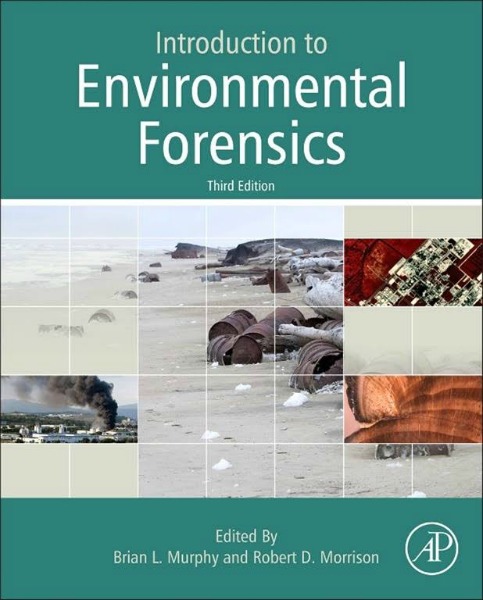Environmental Forensics
Writing in Environmental Forensics: Issues in Environmental Science and Technology, Ronald Hester and Roy Harrison state that environmental-forensics is a combination of analytical and environmental chemistry which can be usefully applied within a legal context via "field analytical studies and both data interpretation and modelling connected with the attribution of pollution events to their causes."
Want To Study Forensics/CSI?
The International Society of Environmental-Forensics notes that its organisation has "grown out of the need for a platform to present scientific investigations that address environmental contamination subjected to law, public debate, or formal argumentation as well as the evaluation of the basic science that serves as underpinnings to those activities,"
|
They also note that a number of areas considered integral to the development of relevant technical courses which focus on scientific and technical information, data, and critical analysis include: |
|
Analytical Chemistry, including analytical techniques that provide definitive, quality results for analyses that are conducted to answer litigious environmental contamination questions.
Geochemistry, including chemistry and physics of soil, water and air with respect to potential interactions with contamination.
Atmospheric Chemistry, including occurrence, alteration, fate, transport and modeling of chemicals in the atmosphere.
Environmental Fate Assessment, including partitioning and transformation of contaminant components between and within environmental media.
Environmental Transport Assessment, including geologic, hydrogeologic, oceanographic and meteorological controls on the migration or movement of contamination.
Essential Reading
The third edition of Introduction to Environmental-Forensics is a state-of-the-art reference for the practicing environmental forensics consultant, regulator, student, academic, and scientist, with topics including compound-specific isotope analysis (CSIA), advanced multivariate statistical techniques, surrogate approaches for contaminant source identification and age dating, dendroecology, hydrofracking, releases from underground storage tanks and piping, and contaminant-transport modeling for forensic applications.
Recognized international forensic scientists were selected to author chapters in their specific areas of expertise and case studies are included to illustrate the application of these methods in actual environmental forensic investigations. This edition provides updates on advances in various techniques and introduces several new topics.
- Provides a comprehensive review of all aspects of environmental-forensics.
- Coverage ranges from emerging statistical methods to state-of-the-art analytical techniques, such as gas chromatography-combustion-isotope ratio mass spectrometry and polytopic vector analysis.
- Numerous examples and case studies are provided to illustrate the application of these forensic techniques in environmental investigations.
See following link for full details.
Introduction to Environmental-Forensics
Recent Articles
-
All About Forensic Science
Nov 12, 24 03:05 AM
A forensic science website designed to help anybody looking for detailed information and resources. -
The Role of Forensic Evidence in Criminal Defense Cases
Sep 05, 24 03:38 AM
Article exploring five key roles that forensic evidence plays in criminal defense cases -
The Evolving Role of Medical Science in Forensic Investigations
Aug 06, 24 03:35 AM
Insightful article exploring the critical role of medical science in forensic investigations.



New! Comments
Have your say about what you just read! Leave me a comment in the box below.